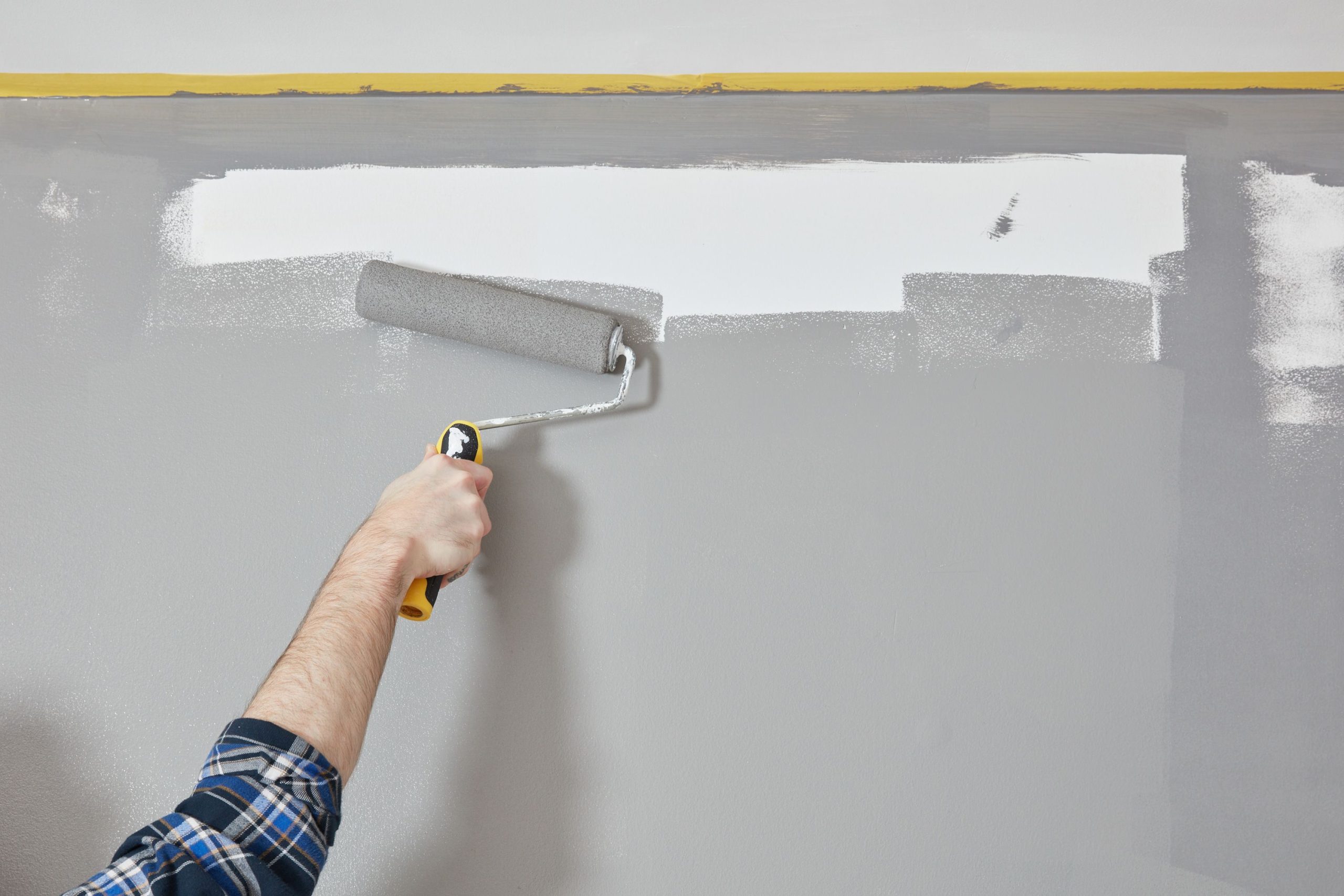Tools and Materials Needed Hanging a door may seem like a daunting task, especially for those who have never attempted it before. However, with...
The Best Way to Paint a Room

Painting a room can be a rewarding DIY project that transforms your living space. Whether you’re refreshing an old color or trying something new, following a systematic approach will help ensure you achieve a professional-looking finish. Here’s a step-by-step guide on the best way to paint a room.
Step 1: Choose Your Paint Color
Choosing the right paint color is crucial. Start by visiting your local paint store to collect swatches of colors that appeal to you. Once you have a few options, request small samples and apply them in 12-inch squares on different walls in the room. Observe how they look at various times of day and under different lighting conditions before making your final decision.
Step 2: Gather Your Supplies
Before you begin painting, gather all necessary supplies to make the process smoother. You will need:
- Paint: Choose high-quality interior acrylic latex paint.
- Tools:
- Paint can opener
- Stir sticks
- Painter’s tape (Frog Tape is recommended)
- High-quality brushes and rollers (3/8” nap for typical walls)
- Canvas drop cloths
- Paint trays and liners
- Ladder or extension pole if needed
- Cleaning Supplies: Miracle Wipes for spills.
Step 3: Prepare the Room
Preparation is key to achieving great results:
- Clear the Space: Remove furniture from the room or move it to the center and cover it with drop cloths.
- Remove Wall Fixtures: Take down any wall decorations, nails, or screws.
- Clean Walls: Wipe down walls to remove dust and grease.
- Repair Imperfections: Fill any holes or cracks with spackle and sand smooth once dry.
Step 4: Tape Off Areas
Use painter’s tape to mask off edges around windows, doors, baseboards, and any areas where you don’t want paint to go. This will create clean lines and prevent smudging.
Step 5: Prime If Necessary
If you’re painting over a dark color or stained surfaces, applying a primer can help achieve better coverage with fewer coats of paint. Use a primer that suits your specific needs (e.g., stain-blocking for water stains).
Step 6: Start Painting
- Cut In First: Using a brush, start by painting around edges where the roller won’t reach—corners, trim, and ceilings.
- Roll On Paint: After cutting in, use your roller for larger areas. Load your roller with paint and roll it onto the wall in sections using an “N” or “W” pattern for even coverage.
- Apply Additional Coats: Depending on the color and type of paint used, you may need two coats for full coverage.
Step 7: Clean Up
Once you’ve finished painting:
- Remove painter’s tape while the paint is still slightly wet to avoid peeling.
- Clean brushes and rollers immediately with soap and water if using water-based paints.
- Dispose of any waste materials properly.
Step 8: Allow Time to Dry
Let the paint dry completely before moving furniture back into place or hanging decorations again—this usually takes several hours but check manufacturer instructions for specific drying times.
Conclusion
By following these steps carefully—from selecting colors to cleaning up—you can achieve beautiful results when painting a room yourself. The key is preparation and patience; take your time during each phase for optimal outcomes.
Top 3 Authoritative Sources Used
1. Benjamin Moore
- A leading manufacturer of premium paints known for their extensive range of colors and finishes as well as expert advice on painting techniques.
2. Sherwin-Williams
- A well-respected brand in the paint industry offering high-quality products along with resources for DIY projects including tips on choosing colors and tools.
3. Home Depot
- A major home improvement retailer providing comprehensive guides on home improvement projects including detailed instructions on how to effectively paint rooms with various techniques and product recommendations.


